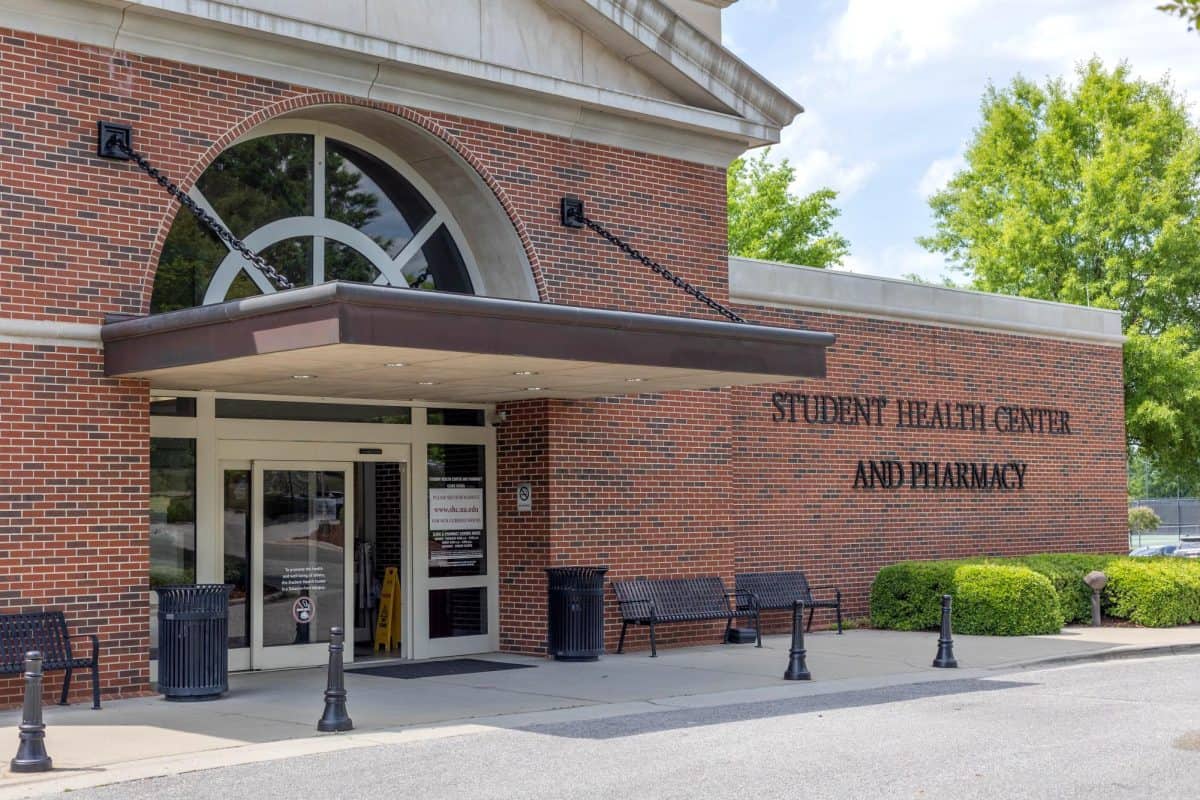When I first visited the United States Holocaust Memorial Museum in Washington, I remember three things in particular about the museum.
First, it was extremely cramped. I was not able to see some of the first few displays because of the 60 or more other people in the same hall. I thought, for all intents and purposes, that the cramped style of the museum was in some way symbolic of the cramped quarters of concentration camps. (At least that is what I told my sister in order to cease her complaining).
The second thing I remember from the museum was a display containing thousands of shoes that belonged to concentration camp prisoners who had been murdered. The physicality of those shoes, for some reason, made the Holocaust more of a tangible thing to me.
The final and most vivid memory I have from the museum is a display about medical experimentation. There was a television that sat in a wooden box whose sides were about four feet tall. My sister, who was 6 years old at the time, was not able to see into it.
There was a video playing on the TV, showing doctors experimenting with a man by adding air pressure to his room to see what would happen. It is scenes like this that make me wonder how people actually were capable of justifying these types of things to themselves.
It is the stone curved portico at the 14th Street entrance of the museum architect James Ingo Freed said “visitors must pass through the limestone partition to enter a concrete world.” That is the purpose of this museum, to bring the cold hard reality of the Holocaust so visitors can reflect on the moral implications therein, as well as to preserve the memory of the millions who suffered because of it.
Last year, on June 5, President Barack Obama and Nobel Peace Prize-winning Holocaust survivor Elie Wiesel toured the Buchenwald concentration camp near Weimar, Germany. This is the same concentration camp that Wiesel so horrifically recalls in his book “Night.”
Standing in front of the main entrance that in English reads, “to each his own,” Obama talked about compassion, history, and our duty to uphold truth and obligation to defend those in need.
Obama said: “And it is now up to us, the living, in our work, wherever we are, to resist injustice and intolerance and indifference in whatever forms they may take, and ensure that those who were lost here did not go in vain.”
Obama’s message last June is one that has yet to be taken seriously by some Americans, like the Tea Party Patriots protesting in Washington a few weeks ago that so unapologetically called Rep. John Lewis a “nigger.” It is this sort of racially based hatred that fuels events like the Holocaust. And I fear, with immigration reform coming up to the plate, this will not be the last of the hateful racist rhetoric.
Over the next week, though, I bid all Americans this—let us put aside racist speech and hateful ideology in order to honor something most Americans realize as a world-class tragedy: the Holocaust.
This week, from April 11-18, is 2010 National Days of Remembrance for the Holocaust. Let us remember in the upcoming week what Obama said last June, “We are here today because this work is not finished. To this day, there are those who insist that the Holocaust never happened—a denial of fact and truth that is baseless and ignorant and hateful. This place is the ultimate rebuke to such thoughts, a reminder of our duty to confront those who would tell lies about our history.”
While we celebrate the 65th anniversary of the liberation of Nazi concentration camps, let us remember the Holocaust for what it was and all that it implied, and listen hard to the aspirant words of Elie Wiesel, “When I was liberated in 1945 by the American Army, somehow many of us were convinced that at least one lesson will have been learned—that never again will there be war, that hatred is not an option, that racism is stupid…. I was so hopeful.”
Michael Patrick is a sophomore majoring in political science.








